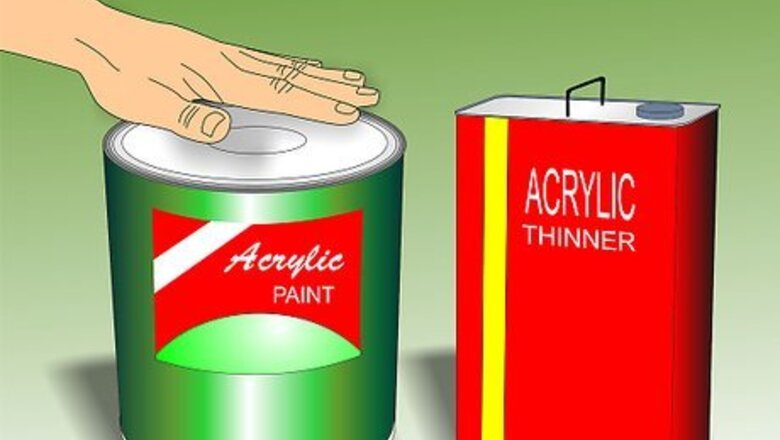
views
Preliminary Steps
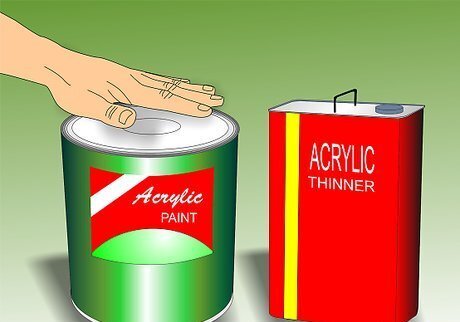
Select your paint and thinner. Oil-based enamels are most easily used with a compressed air sprayer, but acrylics and latex paints can also be sprayed. Adding a suitable thinner will allow more viscous paint to flow freely through the siphon tube, metering valve (fluid) assembly, and nozzle.
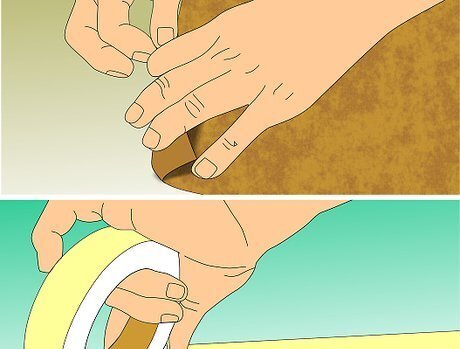
Prepare the area where you will paint. Place a drop cloth, sheet plastic, scrap lumber or other material on the ground, floor, or any furniture. For "fixed" projects, like the one illustrated here, you will need to protect adjacent surfaces and make sure you have adequate ventilation. Protect nearby surfaces from "overspray" with masking or painter's tape and painter's plastic or newspapers; in windy, outdoor conditions, airborne paint particles may drift farther than you expect. Set your paint and thinner on a suitable surface so that spills will not damage anything.
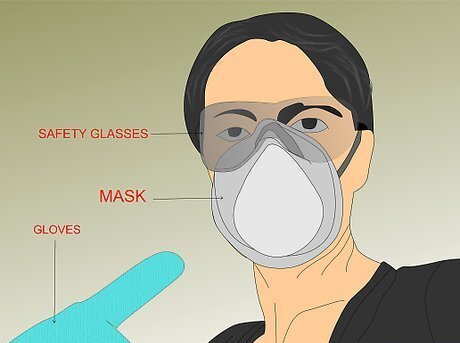
Put on a mask or respirator, safety glasses, and gloves. These will keep you clean and protect you from dangerous fumes and particulates.
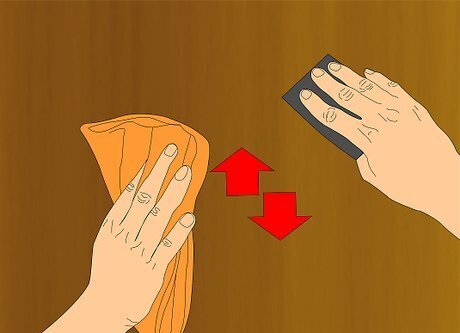
Prepare the surface to be painted. Grind, brush, or sand off rust and corrosion from metal, remove all oil, dust, or dirt, and make sure it is dry. Wash the surface: for oil-based paints, use mineral spirits; for latex or acrylic paints, use soap and water. Rinse thoroughly.
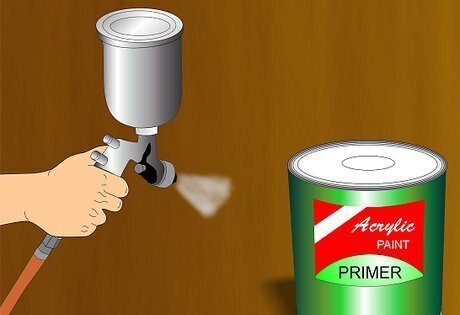
Prime the surface if necessary. You can use the sprayer to apply the primer (following the steps below as if it were paint) or apply it with a brush or roller. When you’re done, sand it smooth if needed.
Prep the Compressor
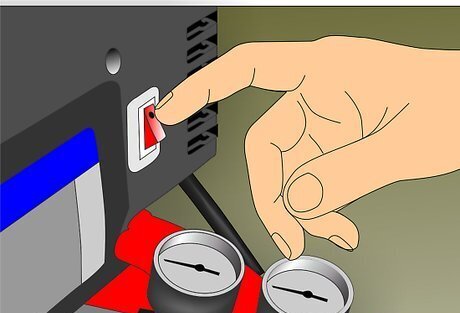
Turn on the air compressor. You will use some air for priming and testing your sprayer, so let it build up pressure while you get your paint ready. The compressor should have a regulator to allow you to set the pressure for the sprayer correctly; otherwise, fluctuations will occur as the pressure rises and falls while you are spraying.
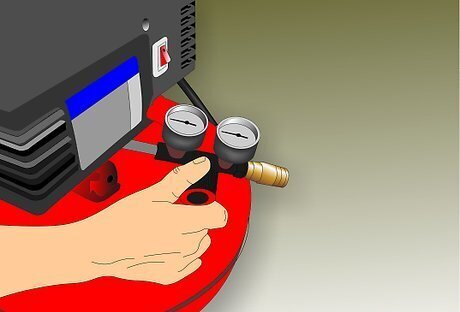
Adjust the regulator on the compressor to between 12 and 25 PSI (pounds per square inch). The exact amount will vary depending on your sprayer, so look at the manual (or the equipment itself) for details.
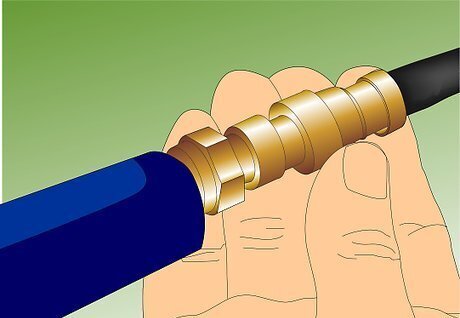
Attach the air hose coupling to the sprayer. Make sure it is tight; you may want to wrap the threads with Teflon tape to ensure an airtight seal. This does not apply if your sprayer and hose are equipped with quick-connect couplings.
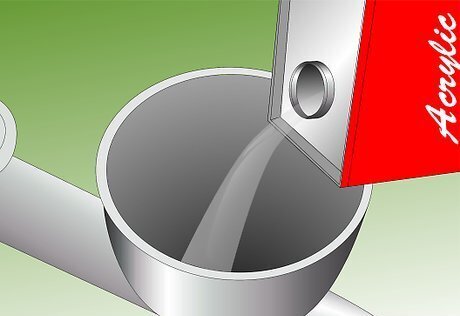
Pour a small amount of paint thinner into the paint cup. (This is the reservoir attached to the bottom of your spray gun.) Use just enough to submerge the siphon tube in it.

Open the metering valve slightly. This is usually the lower of two screws above the handle (pistol grip) of the sprayer.
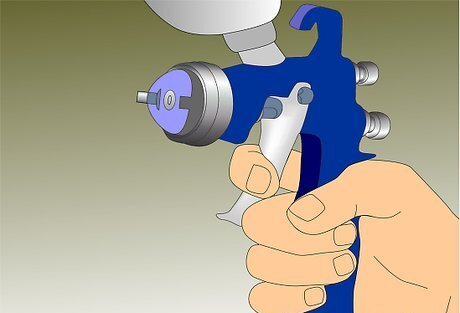
Prime the sprayer. Aim the nozzle into a waste bucket and squeeze the trigger. It usually takes a few seconds for the sprayer system to prime with liquid, so at first, only air will come out of the nozzle. After a moment, you should get a flow of paint thinner. If no thinner comes out of the nozzle, you may have to disassemble the sprayer to check for stoppages or loose seals in the siphon tube assembly.
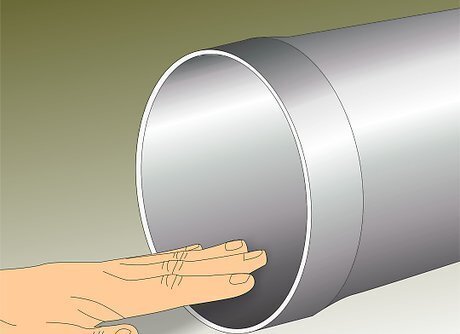
Empty the spray cup of any remaining thinner. A funnel helps, here, so you can return it to the original container. Mineral spirits and turpentine (two common thinners) are flammable solvents, and should only be stored in their original containers.
Paint
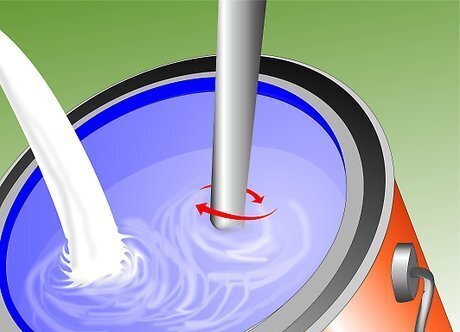
Mix enough paint to do your project. After opening your can of paint, mix it thoroughly, then pour enough of it to do the job into a separate, clean container. If the paint has been stored for any length of time, it is a good idea to strain it through a paint filter to remove any lumps of hardened paint which may have formed. These lumps can stop up the siphon tube or the metering valve, causing the flow of paint to stop.
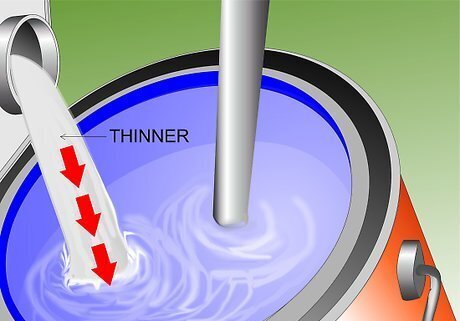
Thin the paint with a suitable thinner. The exact ratio of paint to thinner will depend on your paint, sprayer, and nozzle type, but the paint should usually be thinned by about 15 to 20% for a good flow. Notice how thin the paint looks when you use an aerosol spray paint; this will give you an idea of what you are looking for.
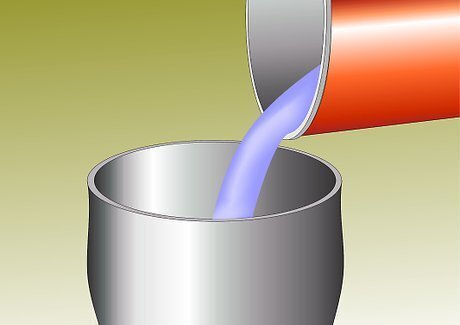
Fill the paint cup about 2/3 of the way with paint and lock it onto the sprayer. Whether the spray cup attaches to the bottom of the sprayer with a clamping assembly and hooks or screws on, be sure to attach it securely; you do not want the spray cup to drop off suddenly while in use.
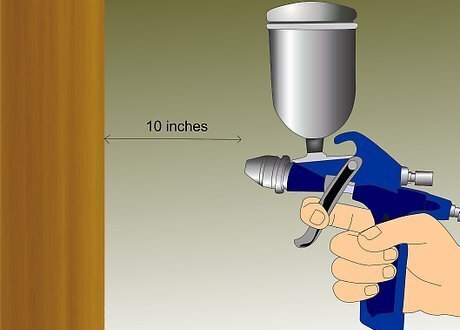
Hold the sprayer about 5–10 inches (12.7–25.4 cm) from the surface. Practice moving the spray gun in a side to side, or up and down sweeping motion, parallel to the surface. If you have never used this type of paint applicator before, practice holding and swinging it for a moment to get a feel for the balance and weight.
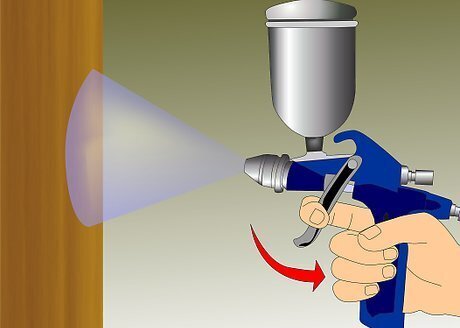
Squeeze the trigger to spray the paint. Keep the sprayer moving whenever the trigger is squeezed to avoid drips and runs caused by over application. It’s best to test-paint a piece of scrap wood or cardboard before tackling the main job. This way, you can adjust the nozzle if necessary to get a finer spray pattern.
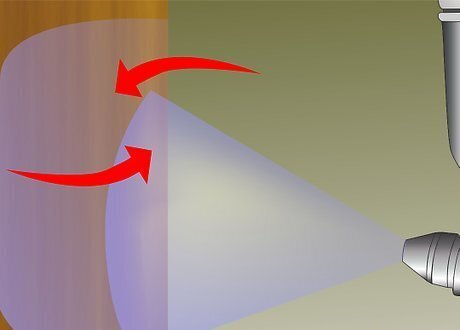
Overlap each pass slightly. This way, the "feathered" edges of the spray pattern don’t leave thin spots in your paint job. Watch for drips and runs, moving fast enough to keep the paint from getting thick as you spray.
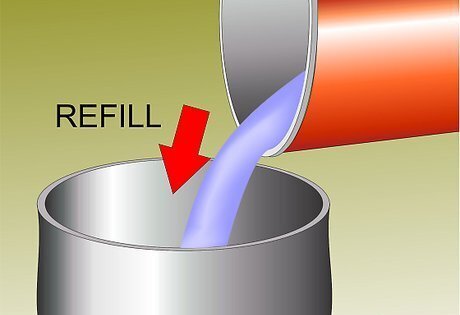
Refill the paint cup as needed until the project is done. Do not allow the sprayer to sit with paint in it; if you need a break, remove the cup and spray some thinner through the sprayer before leaving it unused.
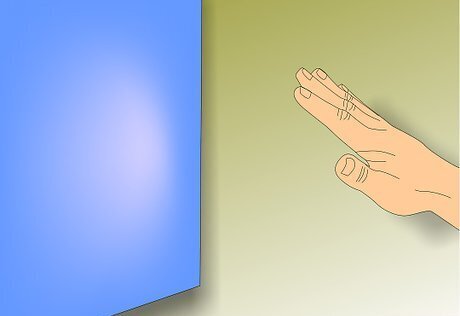
Allow the paint to dry, then recoat if desired. For most paints, a good, even "wet" coat is sufficient, but a second coat may give a more durable finish. Sanding between coats is recommended for varnishes, polyurethane finishes, and other glossy paints to improve the bond between the coats.
Clean Up
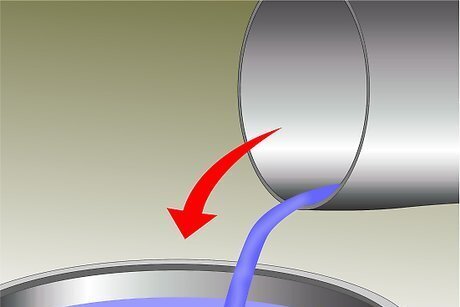
Pour out the unused paint. If you have a significant amount of paint left, you can return it to the original can; remember, however, that the amount you return to the can has already been thinned, meaning the next time you use it, you may need to adjust the amount of thinner used. Epoxy paints and paints that use a catalyst (two-part paints) cannot be returned to the original can; they must be used entirely or disposed of properly once mixed.

Rinse the siphon tube and cup with thinner. Wipe off/out any excess paint.
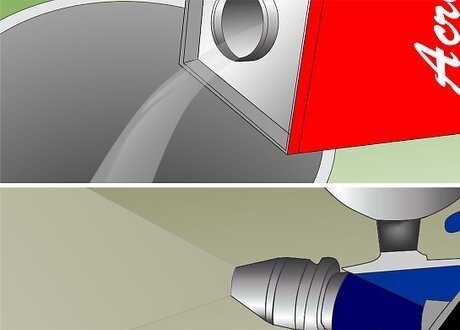
Fill the spray cup about 1/4 of the way with paint thinner, slosh it around, and spray it through the sprayer until it comes out clear. If there is too much paint left in the cup or the spray assembly, you may have to repeat this step a few times.
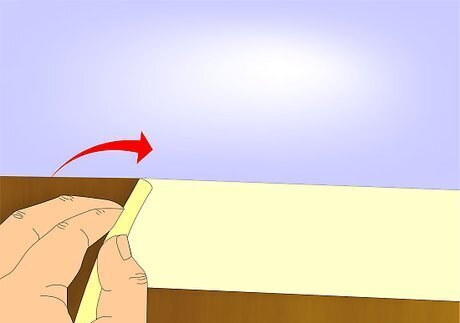
Remove all masking tape and paper from your work area. Do this as soon as the paint job has dried; leaving the tape on the surface for an extended period will allow the adhesive to set, making it difficult to remove.


















Comments
0 comment